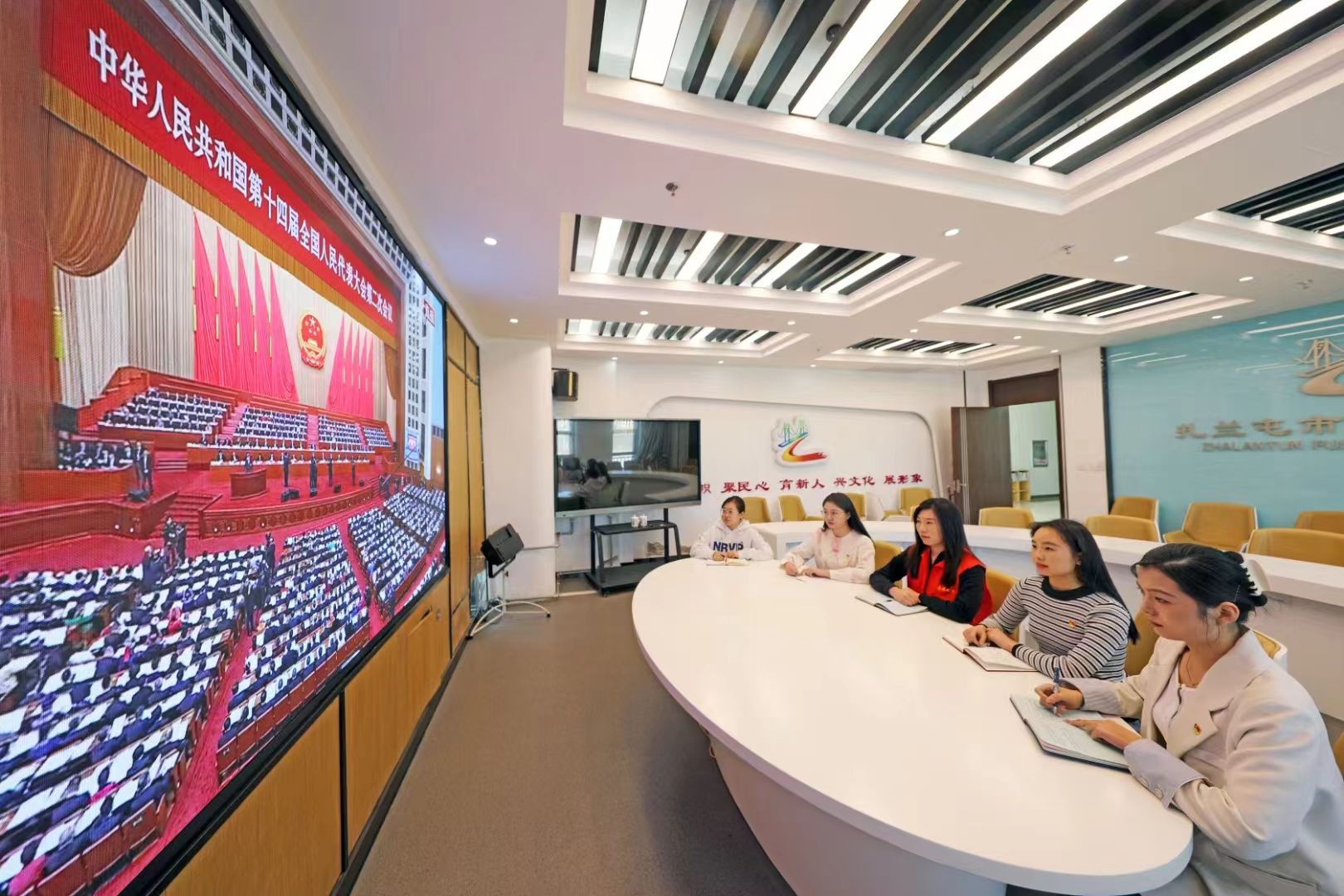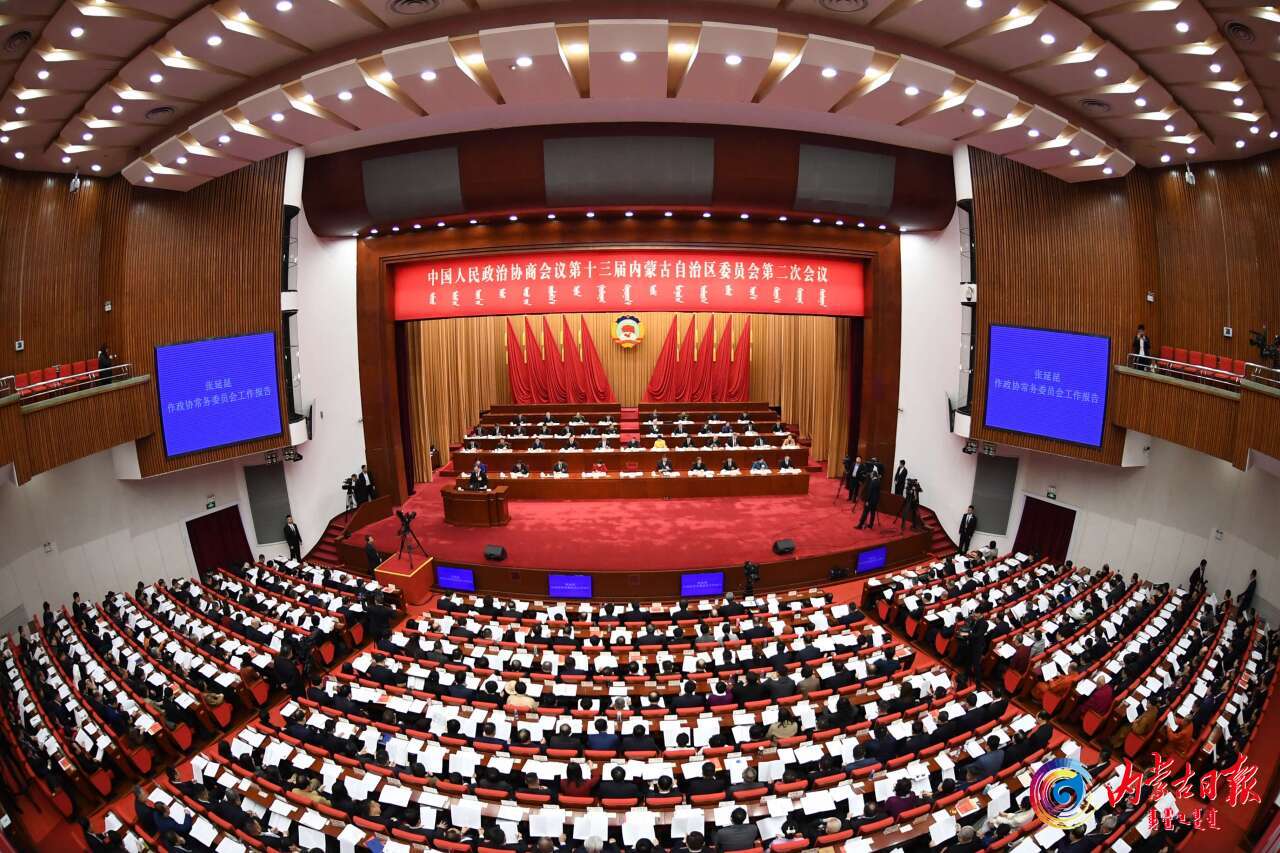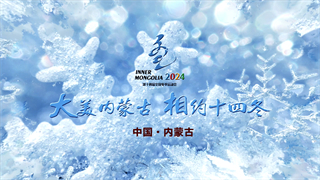Inner Mongolia housing sees 4 decades of changes
After the establishment of Inner Mongolia autonomous region, improving people's living conditions became one of the most important tasks for the government of the time. Housing for urban residents is mainly distributed to people by the government. Simple bungalows and tube-shaped apartments were the main housing forms from the 1950s to 1980s. Most of the houses on farms and grazing areas were adobe houses and Mongolian yurts. After the 1990s, running water, heating, and gas were gradually connected to residents' homes. However, public toilets and public baths were still needed.
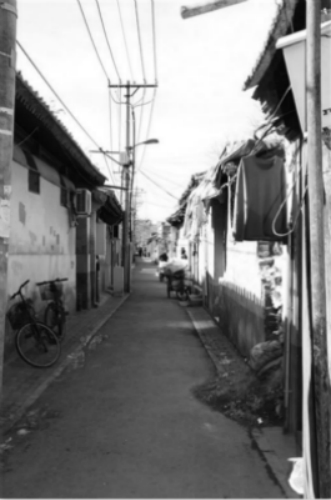
This photo shows one of Hohhot’s narrow streets in the 1990s. [Photo/hhhtnews.com]
After China's reform and opening-up, the housing floor area expanded year by year, and the living conditions of residents have been improving steadily. A large number of urban residents have moved into new buildings from old houses without kitchens, toilets and water supply or drainage. Farmers and herdsmen have gradually started building brick and tile houses, and their living conditions have been improving day by day.
From 1985 to 2016, the housing area in Inner Mongolia increased from 25.25 million square meters to 12.44 million square meters, with an average annual growth rate of 5.3 percent.
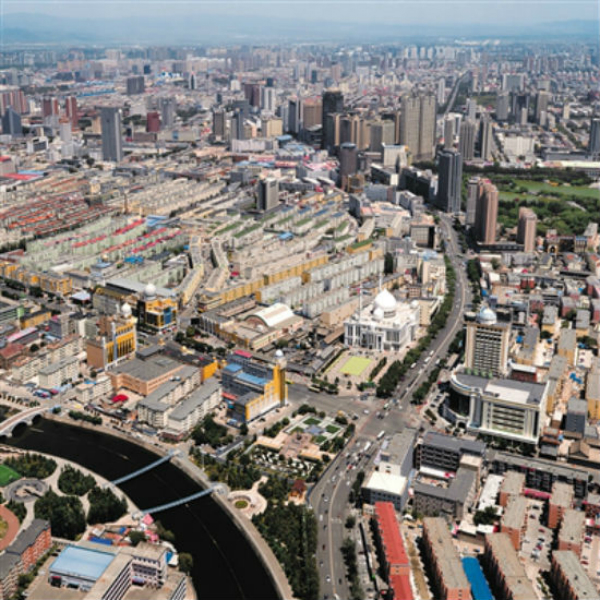
A photo shows a view of Hohhot’s Zhongshan road in 2017. [Photo/hhhtnews.com]
By the end of 2016, the per capita residential area in urban centers reached 32.2 square meters, with an increase of 27.2 square meters over 1978; the per capita residential area in rural cattle-raising areas reached 27.4 square meters, with an increase of 13.9 square meters over 1985. The total output value of the construction industry went from 2.79 billion yuan in 1990 to 112.22 billion yuan in 2017.



 Print
Print Mail
Mail